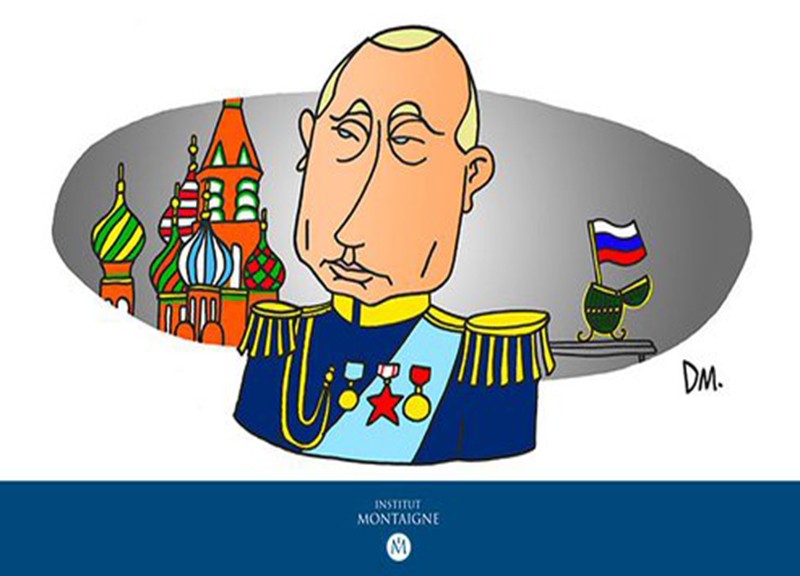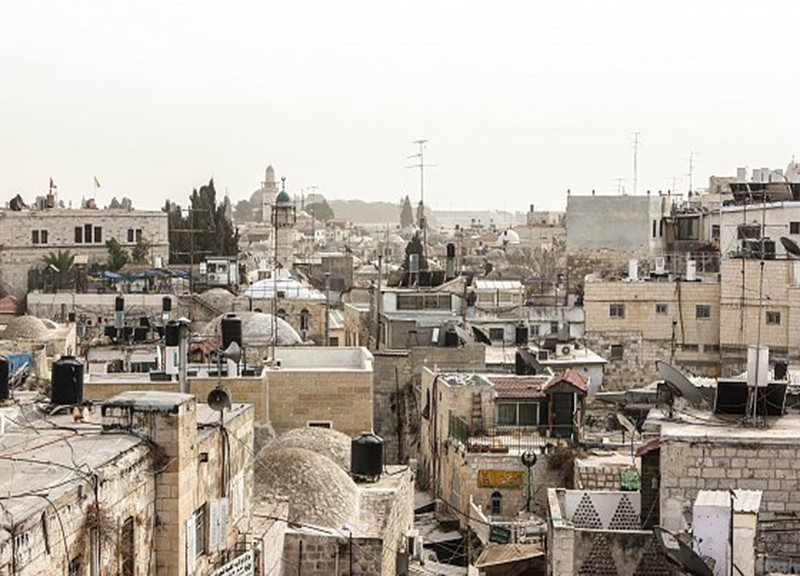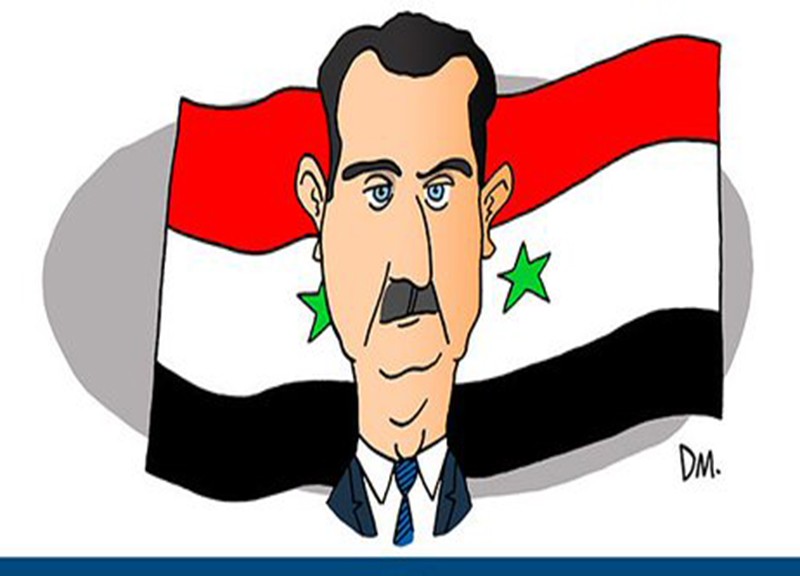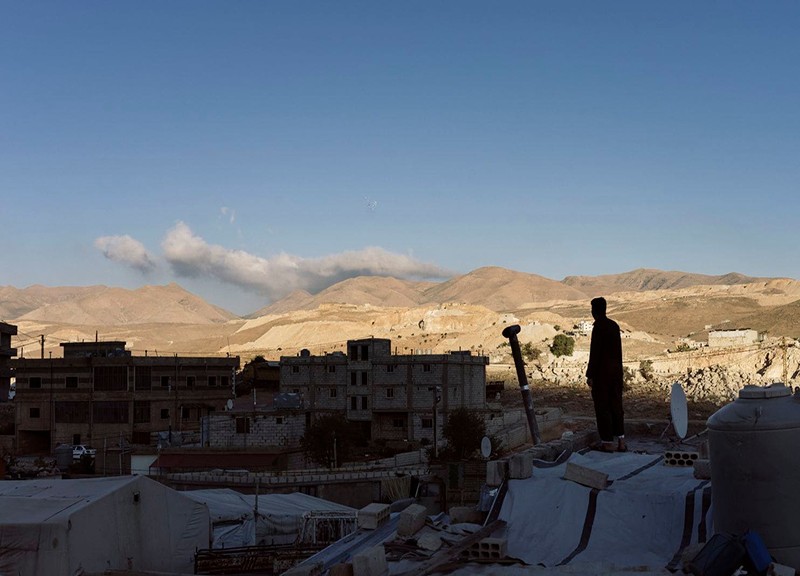
Chaos and turmoil will endure long after a cease-fire.
By Daniel Byman, a senior fellow at the Center for Strategic and International Studies and professor at Georgetown University’s School of Foreign Service. For Foreign Policy.
Even if Israel and Hamas agree to a cease-fire and it holds, normalcy will not return to Gaza anytime soon. For the Palestinians living there, the biggest long-term danger they face may not be Hamas or Israel—it could be a lack of government altogether. A postwar Gaza may join the ranks of Libya, Somalia, Yemen, and other states that suffer near-constant low-level strife, endemic crime, and humanitarian crisis after humanitarian crisis. Such states tend to produce waves of desperate refugees and can fuel further violence.
In Gaza’s modern history, different regimes have ruled the strip, rarely doing so for the benefit of its residents. After the British colonial presence ended in 1948 and a war commenced over Israel’s independence, Egyptian troops advanced into Gaza as part of their attack on Israel, and they kept control of the region in the 1949 armistice agreement between Egypt and Israel. In the years after, Egypt sought to both suppress and exploit Palestinian activism and political Islam. Palestinian cross-border raids were an instrument against Israel, but they could create an escalatory spiral. In the 1950s, repeated cross-border raids contributed to Israel’s decision to go to war against Egypt in 1956.
When Israel took power after conquering Gaza in the 1967 Arab-Israeli War, it also feared Palestinian activism, though it was more permissive than Egypt in allowing political Islam to develop. Under Israeli rule, Gaza’s economy improved, but the enclave remained poorly governed, with Israel less concerned about the well-being of Palestinians and more worried about their support for Palestinian nationalism.
The Palestinian National Authority, a forerunner of the Palestinian Authority (PA), took over the governance of Gaza and portions of the West Bank as part of the Oslo Accords, assuming control in 1994 under Yasser Arafat’s leadership. Although finally under Palestinian rule, the Palestinian leaders were primarily from the diaspora, not Gaza, and the PA focused more on the West Bank. Again, Gaza remained neglected.
Israel reoccupied Gaza during the Second Intifada, which began in 2000, and it withdrew in 2005. Although Israel’s campaign against Hamas weakened its terrorist capabilities, Hamas won a parliamentary election in 2006 and then seized power in Gaza in 2007. Finally, a Gaza-based organization was running Gaza. In some ways, life for Palestinians in the enclave improved—despite Hamas’s repressive ideology. It cracked down on crime, crushed local warlords, provided health and educational services, and was less corrupt than the PA.
At the same time, Israel and much of the international community rejected Hamas’s legitimacy. The group continued waging sporadic attacks on Israel, and Israeli governments placed severe limits on Gaza’s economic development and regularly engaged in destructive military campaigns in the enclave. Israel tried to balance this with limited economic concessions to Gaza, such as issuing more worker permits and offering greater fishing rights, and allowing millions of dollars in aid from Qatar to go to Gaza if Hamas stopped military attacks—a policy that Israel thought was working until the attacks on Oct. 7, 2023, dispelled this illusion.
Whatever limited gains Palestinians in Gaza may have made under Hamas rule have been shattered by Israel’s military response to the attacks committed by Hamas on Oct. 7. The Israeli campaign has killed more than 30,000 Palestinians and displaced 1.9 million people—85 percent of the enclave’s population. More than half of Gaza’s buildings had been damaged or fully destroyed by late January. The United Nations estimates that Gaza will need decades to recover at the cost of tens of billions of dollars—money that may never be provided. And U.N. officials warn that famine and disease will soon sweep the strip.
Some aid does get in, but much of it does not go to the neediest. Hamas has blended in with the population, and much of the day-to-day governance of Gaza, including policing, is gone as Israel continues to target what it considers to be Hamas’s infrastructure in Gaza. Criminal gangs now regularly rob unprotected aid convoys, selling what they steal to desperate Gazans.
Although a cease-fire would reduce some of the suffering, it does not resolve the most important political question: Who will rule Gaza? Israel understandably does not want the Hamas regime that murdered around 1,200 of its citizens to return to power and vows to destroy Hamas. Yet all the other contenders for power are weak, including the PA.
Any non-Hamas government has to worry about two sets of armed actors. Israel is likely to continue at least limited operations against the remnants of Hamas, assassinating its leaders and otherwise trying to prevent the group from reconsolidating. Hamas, for its part, might attack any interim government in order to ensure its political preeminence, and this is especially true if that government cooperates with Israel on security.
As for Gaza’s economy, even massive aid would not restore conditions that existed before Oct. 7—tenuous as they were. Although initial reports claiming that Palestinians from Gaza who worked in Israel had aided the Oct. 7 terrorists appear to be wrong, suspicion toward Palestinians among Israelis will remain high. Israel has accused the U.N. Relief and Works Agency (UNRWA)—which for decades has provided education, health care, food, and other services in Gaza—of being penetrated by Hamas. More broadly, the Oct. 7 attacks discredited Israel’s carrot-and-stick approach of offering limited economic concessions backed up by the threat of force to encourage moderation from Hamas. The future will see few carrots and far more sticks.
Foreign aid, while necessary for daily survival in Gaza, also comes with its own long-term risks for any government in the enclave. Aid from outsiders could have a corrupting effect, making any government less accountable to its own people; ordinary Palestinians in Gaza would have no way to stop officials from siphoning off aid and abusing their power.
This mix of chaos, privation, and conflict poses long-term risks not just for Palestinians, but also for Israel and the rest of the regional states. Many of Gaza’s people will try to leave if they can, with next-door neightbor Egypt being the most likely destination, should Cairo allow it. These conditions are also natural feeders for violent groups, which can easily recruit young men who need a paycheck and are bitter toward Israel and the international community for their role in Gaza’s desperate condition.
The Israel-Hamas war’s end would only mark the end of a chapter in the book of Palestinian suffering: The next chapter may be about the chaotic postwar period. Too often, U.S. and international policy in the region is focused on establishing a cease-fire or beginning negotiations, and not enough on lessening the suffering of ordinary people.
To reduce the risk of long-term state failure, the United States, European Union members, and others hoping for a solution to the conflict should focus on who will rule Gaza and how that entity’s rule will be enforced in the long term.














